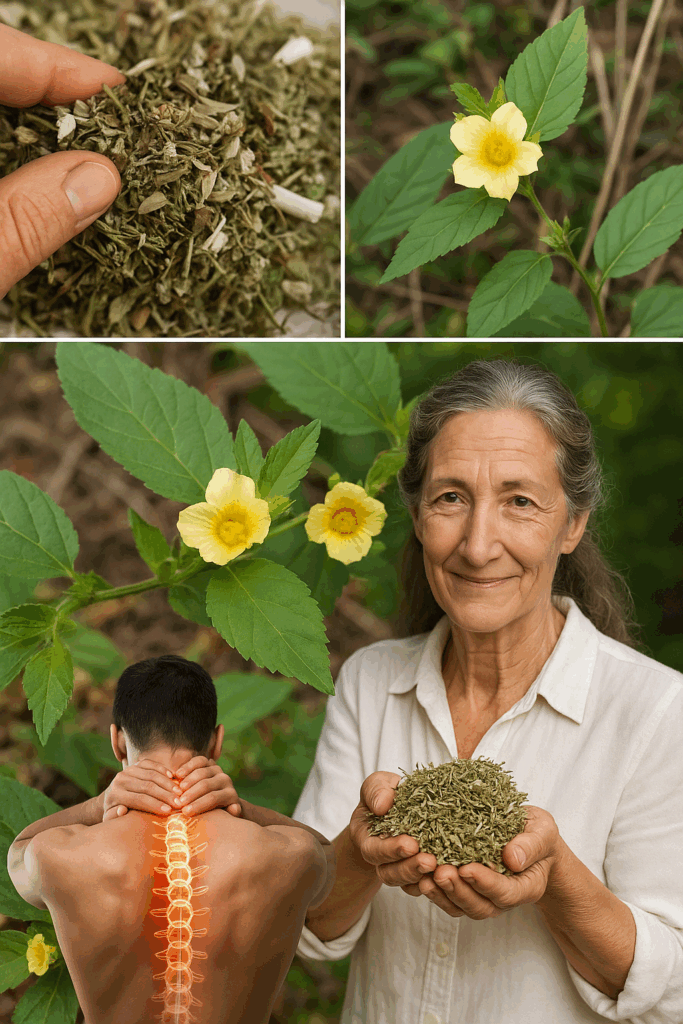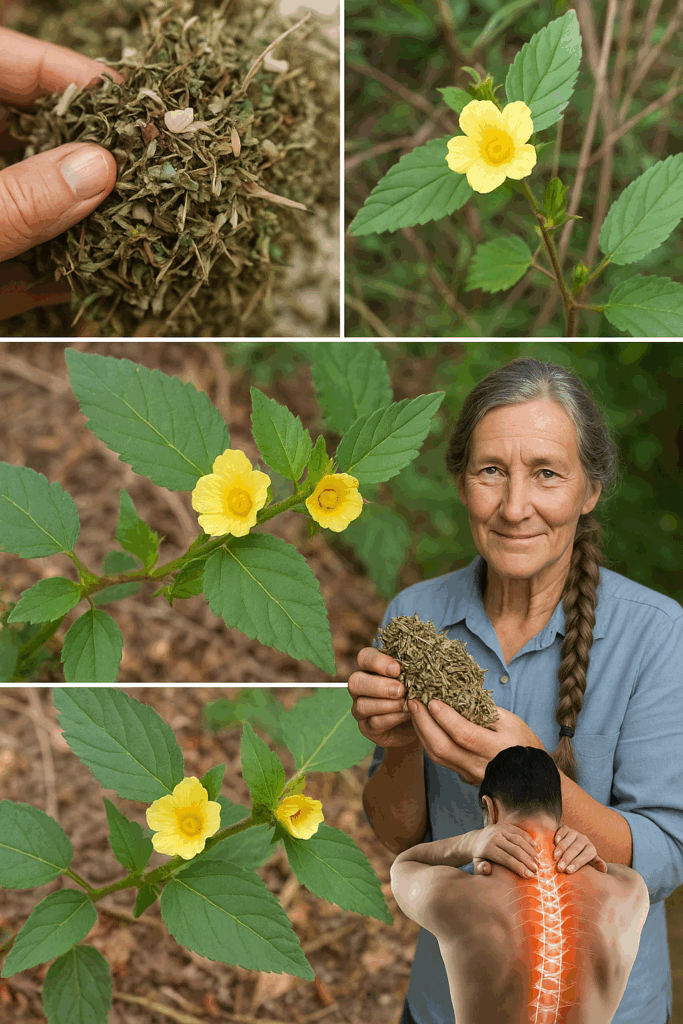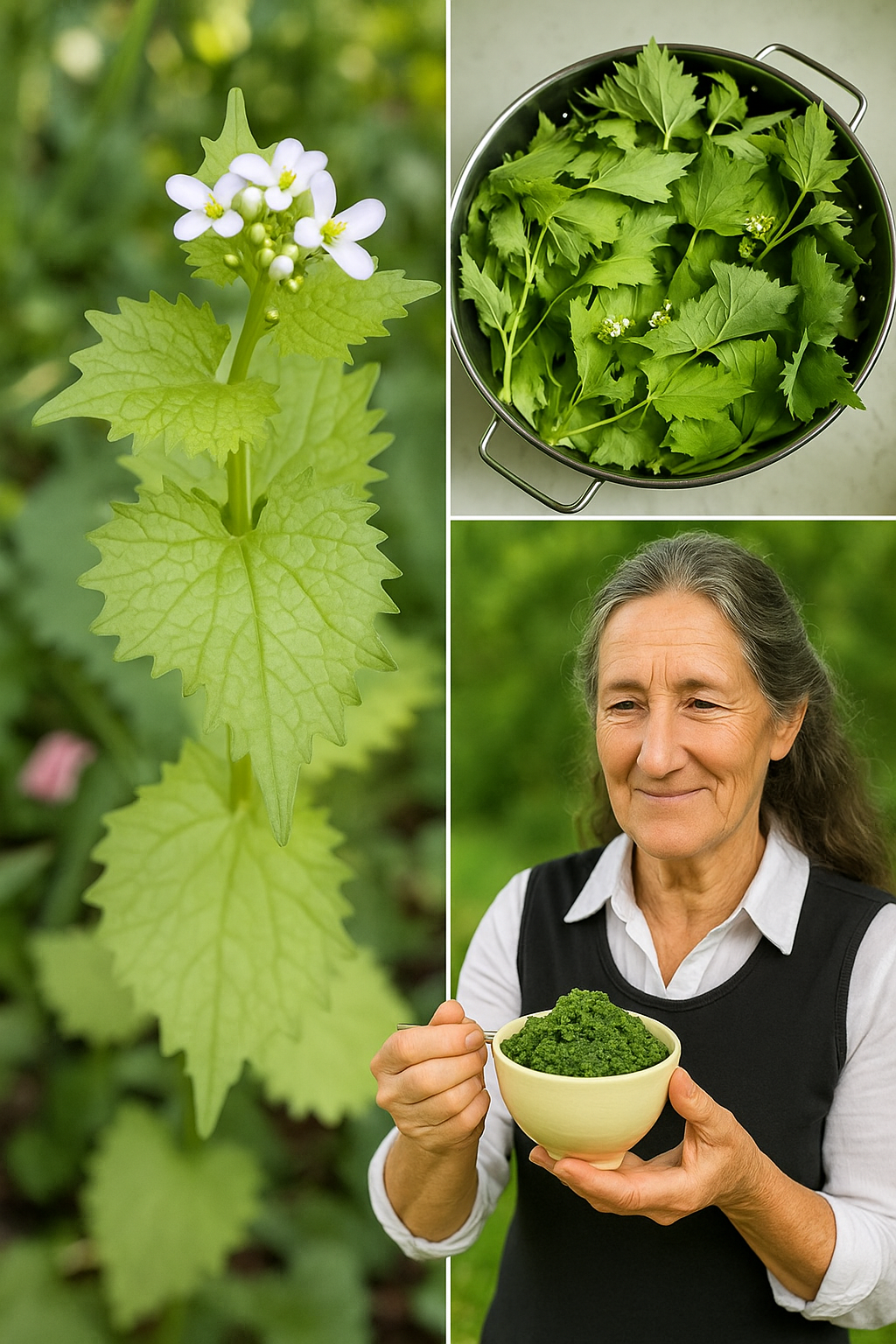While stubborn grass may often be seen as an invader in your garden, this resilient and sometimes invasive plant holds a surprising number of practical uses. Known for its persistence in harsh conditions, these grasses can be repurposed in ways that benefit both the environment and daily life. Let’s explore the various ways you can transform stubborn grass from a nuisance into a valuable asset.

🌍 1. Erosion Control
One of the most significant benefits of stubborn grasses is their ability to stabilize soil and prevent erosion. Species like Bermuda grass and crabgrass are often challenging to manage, but their strong and dense root systems make them excellent for erosion control on slopes, hillsides, or areas prone to soil loss.
How it helps:
These grasses hold soil in place even under heavy rainfall, protecting against runoff and soil degradation, making them ideal for farmers or landscapers working with loose or sandy soil.
🐄 2. Livestock Feed
Certain stubborn grass varieties, including Bermuda and Johnson grass, are rich in nutrients and can be used as livestock feed. Despite being considered weeds, these grasses can be harvested and used as a nutritious, cost-effective feed source for cattle, sheep, and goats.
How it helps:
For farmers looking to reduce feeding costs, allowing these grasses to grow on unused pasture land offers a sustainable solution. Simply harvest and dry the grass for feeding.
🌿 3. Green Mulch for Gardens
If your lawn is overrun by stubborn grass, don’t just fight it—turn it into a resource! Cutting down these grasses and using them as green mulch around garden plants or trees is an effective way to suppress weeds, retain moisture, and enrich the soil.
How it helps:
As the grass decomposes, it improves soil quality naturally, reducing the need for commercial mulch and creating a more sustainable garden environment.
♻️ 4. Composting
Stubborn grasses are a valuable component in the composting process. Their high nitrogen content makes them an ideal “green” material, which helps balance the “brown” materials (like dried leaves) in a compost pile.
How it helps:
These grasses break down to produce nutrient-rich compost, but be cautious—some grasses with tough seeds may sprout if not fully decomposed.
🦠 5. Natural Pest Control
Many stubborn grass species, such as Bermuda grass, release chemicals into the soil that inhibit the growth of other plants, a phenomenon known as allelopathy. This property can be used to your advantage by planting them intentionally as a natural weed barrier around vegetable beds or flower gardens.
How it helps:
By preventing unwanted weeds from encroaching, these grasses reduce the need for herbicides and can naturally help maintain a healthy garden space.
🔋 6. Biofuel Production
Research shows that certain stubborn grasses, like switchgrass, are suitable for biofuel production. Their rapid growth, minimal maintenance, and easy cultivation make them an ideal crop for creating bioethanol, a renewable energy source.
How it helps:
These grasses provide an environmentally friendly energy solution, helping to reduce dependency on fossil fuels, especially in regions where wild or invasive grasses are abundant.
🎨 7. Craft and Handicrafts
In many cultures, grasses have been used for centuries in handicrafts. The durability of stubborn grasses makes them perfect for weaving into baskets, mats, hats, and other functional items.
How it helps:
Bermuda grass and similar varieties can be harvested, dried, and woven into decorative pieces, supporting traditional crafts and providing a source of income in some communities.
🌾 8. DIY Lawn Repairs
If you have bare patches on your lawn, certain hardy, stubborn grass varieties can serve as natural fillers. Grasses like crabgrass or Bermuda grass spread quickly and are resistant to drought and foot traffic.
How it helps:
Although these grasses may not match the aesthetic of a well-maintained lawn, they blend in over time, preventing soil erosion and enhancing the overall appearance of your yard.
🦋 9. Wildlife Habitat
Stubborn grasses provide essential habitat and food for wildlife. Their dense foliage offers shelter for small animals, and their seeds serve as food for birds and insects.
How it helps:
By leaving patches of stubborn grass undisturbed, you can encourage biodiversity and provide shelter for local wildlife in your garden or yard.
🌿 10. Herbal and Medicinal Uses
Some stubborn grass species have medicinal properties used in traditional practices. For example:
- Bermuda Grass: Used in Ayurvedic medicine to treat wounds, skin issues, and infections.
- Lemongrass (while not traditionally considered “stubborn”): Known for its anti-inflammatory and digestive benefits.

How it helps:
Incorporating these grasses into natural remedies can provide minor health benefits for everyday ailments.
While stubborn grasses might seem like a persistent annoyance in your yard, they have a wide range of practical uses. By harnessing their strengths—such as erosion control, nutrient richness, and rapid growth—you can turn these invasive species into valuable resources for your garden, livestock, and even your energy needs.
Instead of fighting these resilient plants, consider integrating them into your land management strategy in a way that promotes environmental sustainability. With a bit of creativity, what once seemed like a nuisance can become a valuable ally, offering unexpected benefits for you, your garden, and the ecosystem. 🌿


